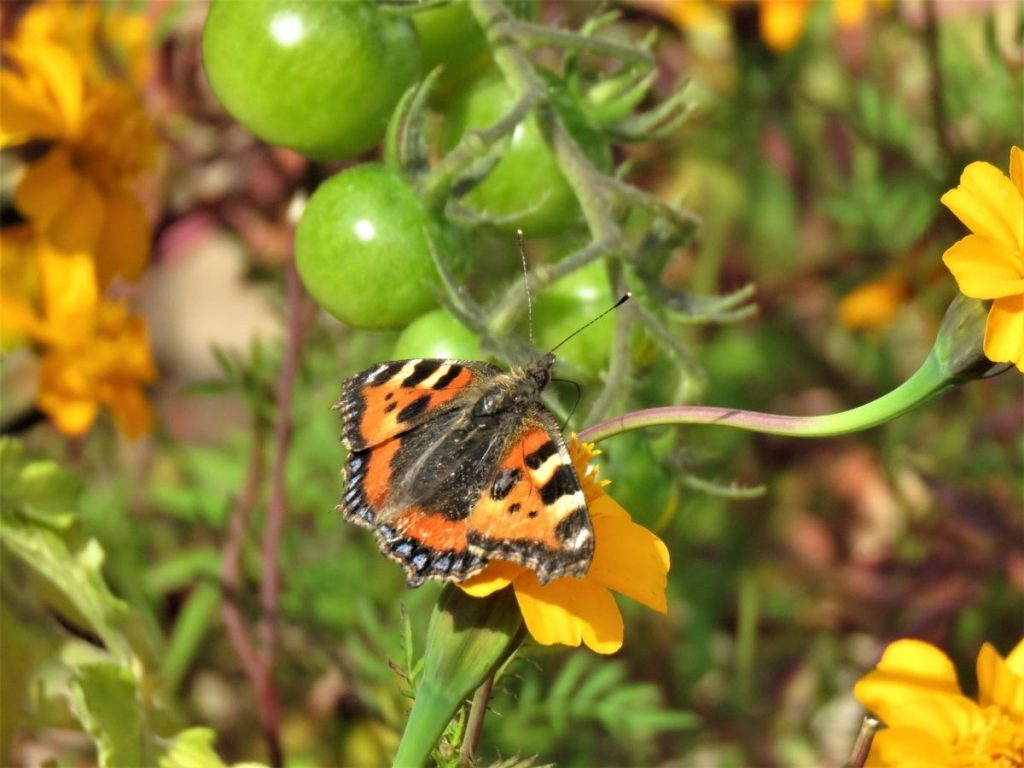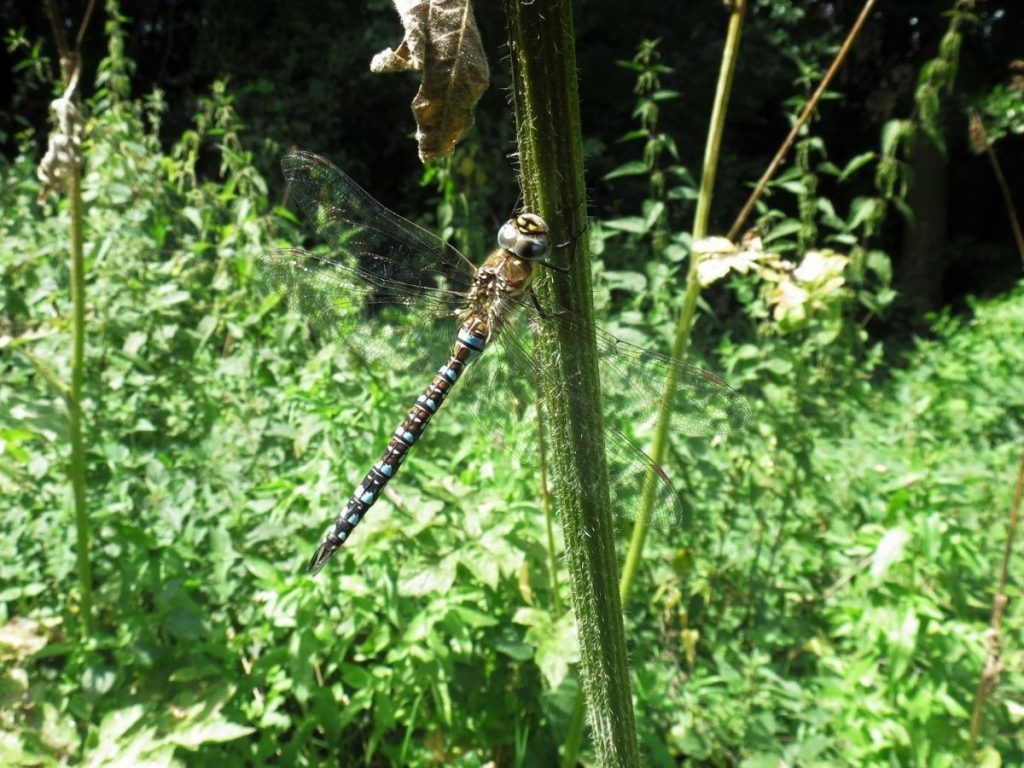Nature Notes – September 2024
In June I shared concerns about the poor showing of common butterfly species in April and May. Since then, these anecdotal concerns have been formalised by the East Midlands Regional Butterfly Coordinator. Data collected through weekly transect counts across the region have been aggregated and show a decline of 40% plus in butterfly numbers. This is in comparison with 2023, which was itself a below-average year.

As I write this in the final days of August, the situation remains bleak. Locally only two species have had a good year. Marbled White, a recent arrival in this part of the County, showed well with a new maximum count of 34 in the course of a 90 minute walk. A related species, Gatekeeper (Hedge Brown) was around in numbers comparable with those seen on average in recent years. Blue butterflies and the large, brightly coloured “Vanessa” butterflies have been almost non-existent. Small Tortoiseshell was recently so common that gardeners and walkers could all identify it as they might a woodpigeon or a blackbird. This year I have recorded a total of four only, in twenty weeks of counts.
Other insects have also been making the headlines for the wrong reasons. There have been numerous letters in the press commenting on the absence of wasps and hornets. Whilst some might rejoice in a relative absence of stinging insects, the overall decline in important pollinators represents a potential future concern for nature lovers and food producers. Fewer insects also means fewer grubs and caterpillars for our song birds, including species already declining because of habitat loss and agricultural intensification.
A ‘cloud’ of twenty Migrant Hawker dragonflies on a warm afternoon at the end of August raised hopes that late summer/ early autumn insects might have a good year. Though not statistically significant it is, possibly, better news.

September is a significant month for migrant birds. ospreys, cuckoos, swifts and many warblers are leaving the UK. On the other hand, ducks are returning to our reservoirs from breeding grounds further north. Also, a wide range of finches, pipits, chats and, in October, thrushes, are passing through the area and in some cases, stopping for the winter, in our parks and gardens. This is the time of year when something unusual might appear in your garden. A blackcap or a chiffchaff would be a pleasant surprise for many gardeners. One fortunate Leicestershire resident was visited recently by a nightjar and most years a redstart or a wryneck is seen in a garden somewhere locally.
Keep looking!
David Scott




 Kibworth Ladies Choir update – Save the date!
Kibworth Ladies Choir update – Save the date!

